How Snakes Slither Up Trees

Slithering climbers
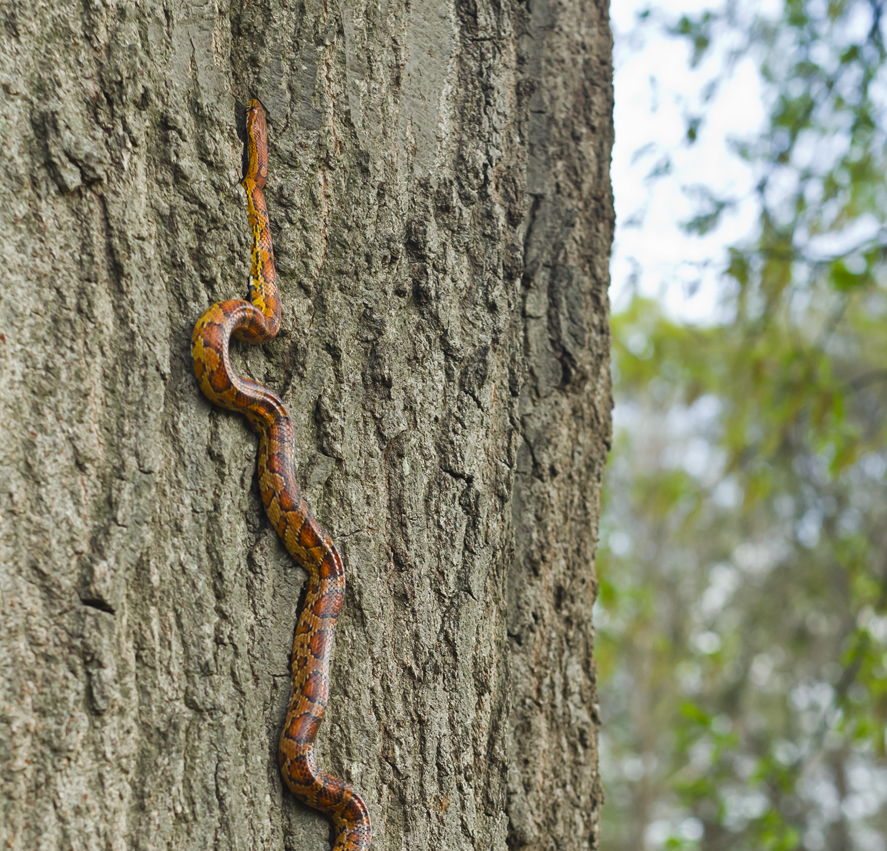
Without legs, snakes must get creative to slither up trees, and new research suggests they use the scales covering their bodies to make such climbs. Their scales and body muscles work together to push against the bark on the tree as they inch upward, the researchers said.
Tree snake
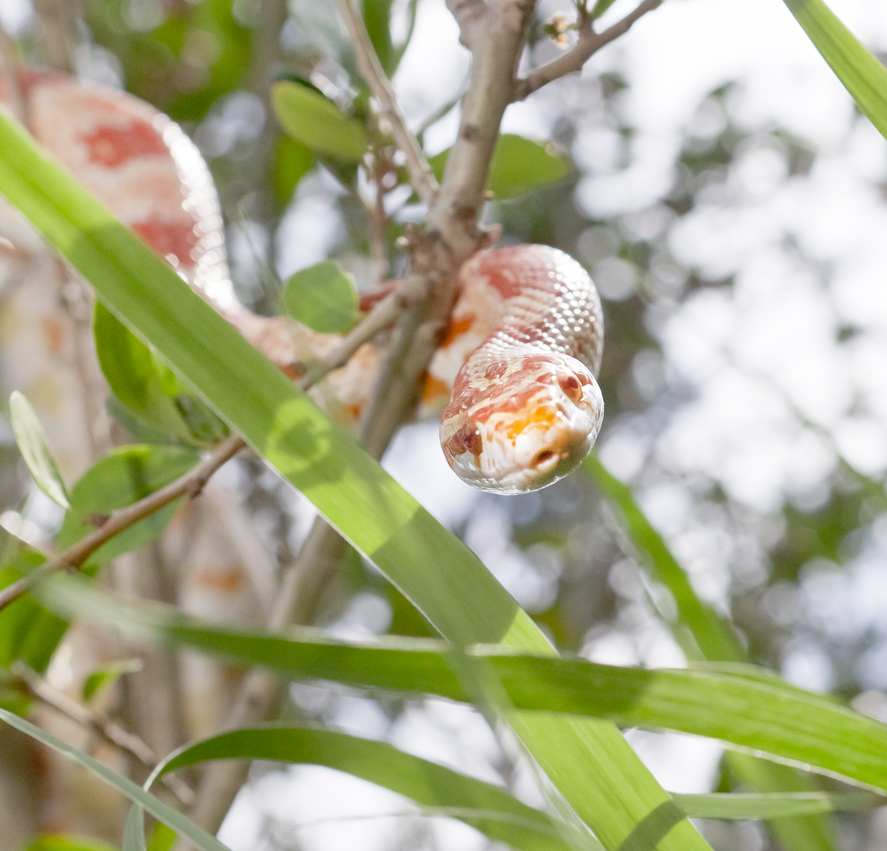
They discovered the scale-y skill by watching corn snakes climb channels inclined at up to 60 degrees from horizontal.
Digging the crevices
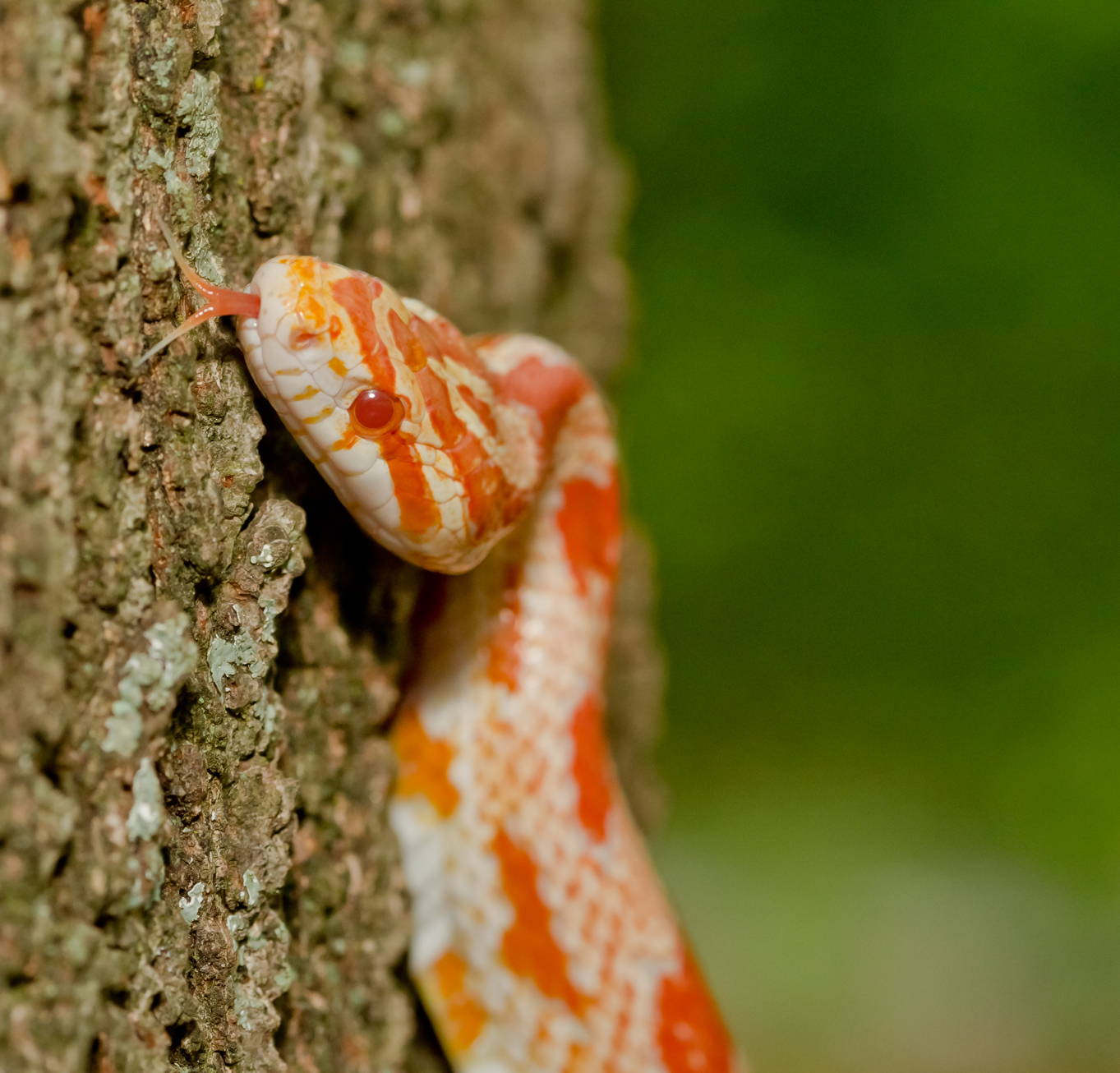
The researchers saw that the snakes used their body muscles to push on the bark-covered walls with nine times their body weight.
Scale trick
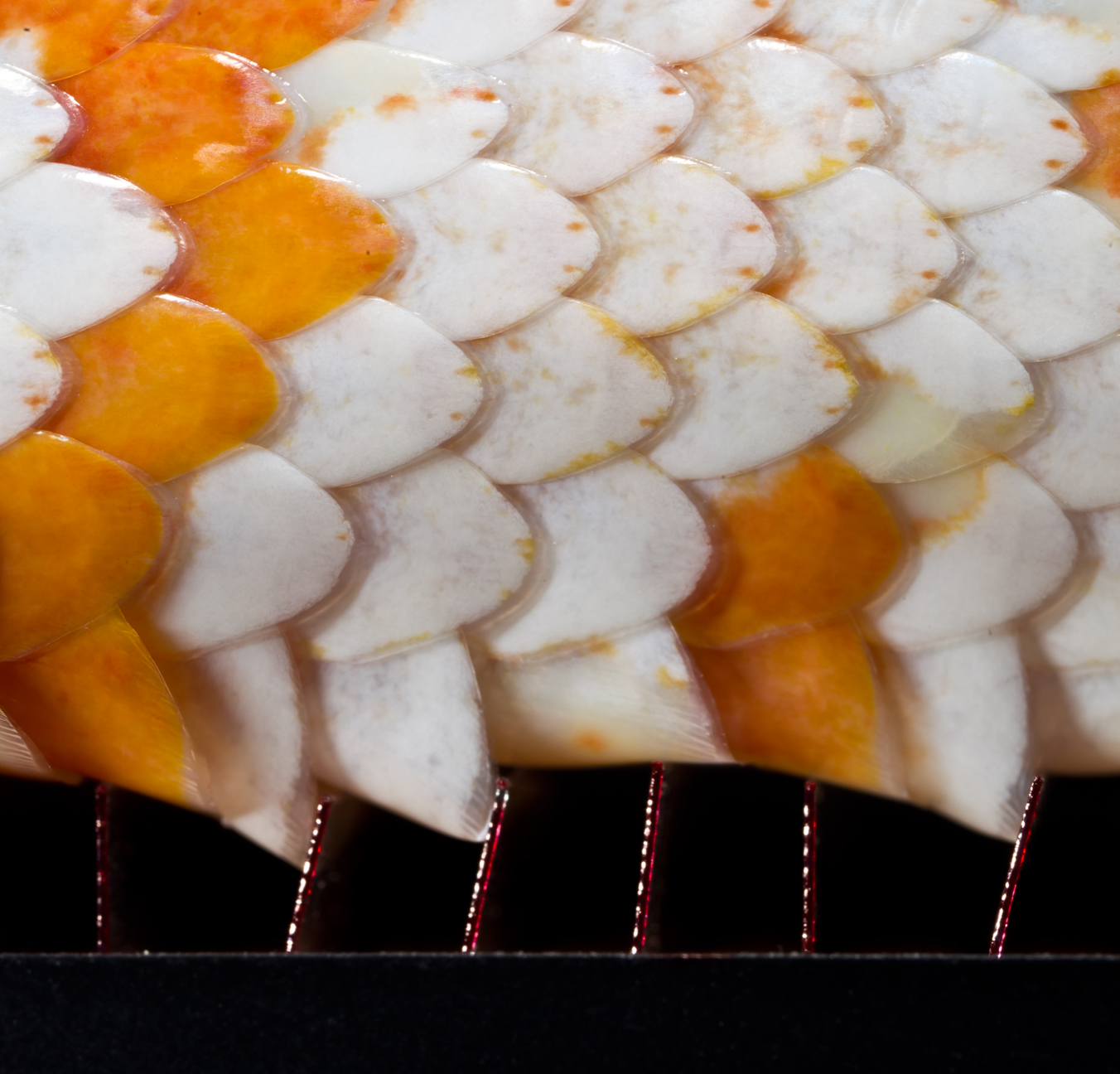
These corn snakes are able to angle their scales outward to make them better at catching and digging in to the bark's rough surface. This scale angling created twice as much friction against the bark (compared with the scales remaining flat), pushing the snakes up and letting the snakes sit in trees for an extended amount of time.
Rubbing on bark
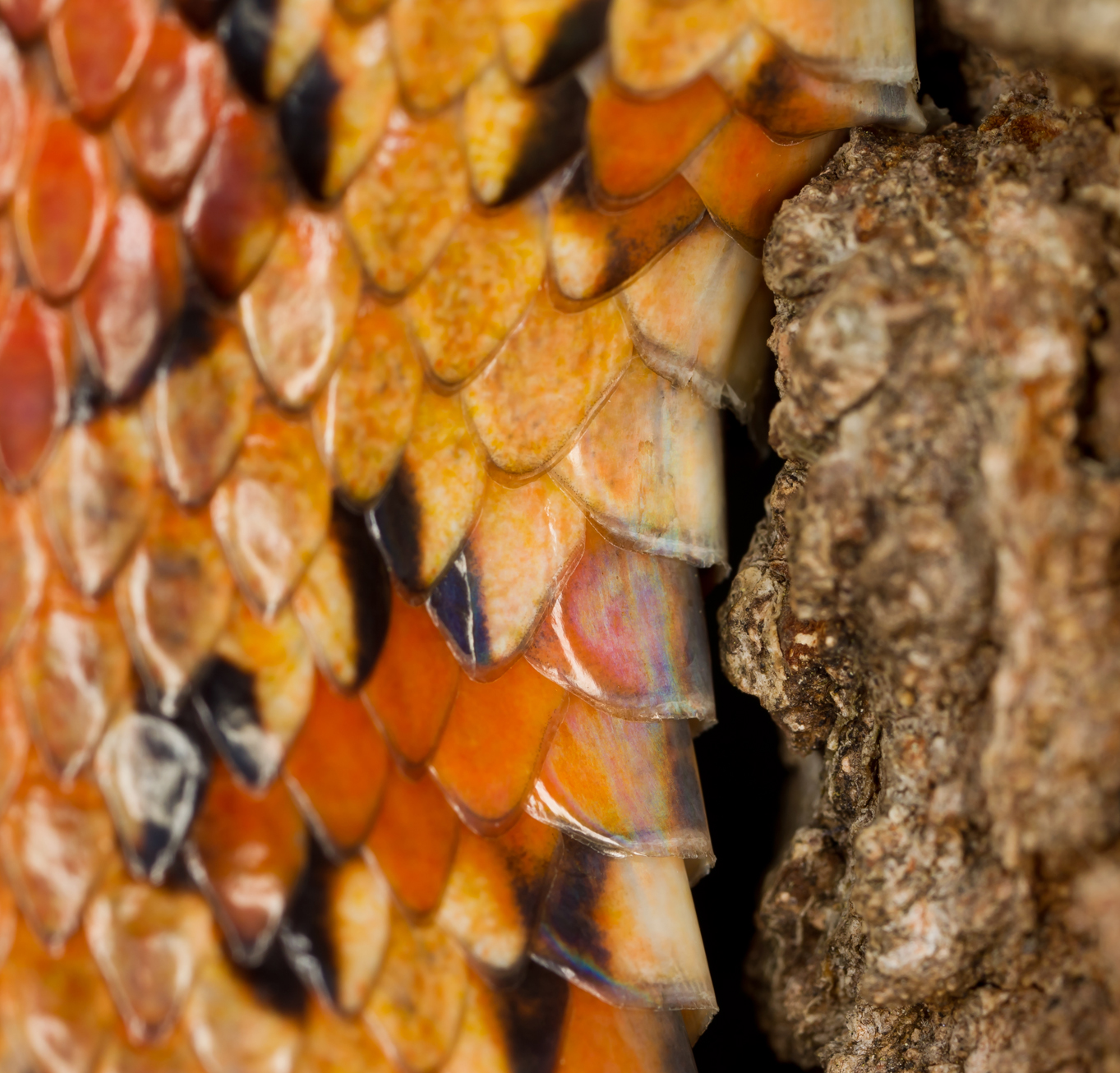
The surface the snake is pushing on needs to be rough for their scales to get a good grip.
Robo snakes
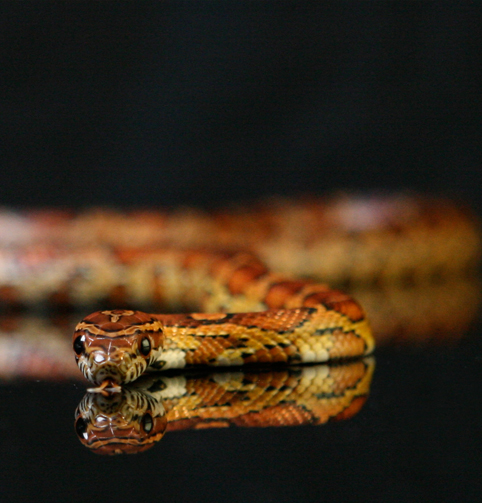
The researchers hope to use these insights to design a slithering search-and-rescue robot, which could be used in complex terrain like navigating through rubble.
Get the world’s most fascinating discoveries delivered straight to your inbox.
Jennifer Welsh is a Connecticut-based science writer and editor and a regular contributor to Live Science. She also has several years of bench work in cancer research and anti-viral drug discovery under her belt. She has previously written for Science News, VerywellHealth, The Scientist, Discover Magazine, WIRED Science, and Business Insider.

